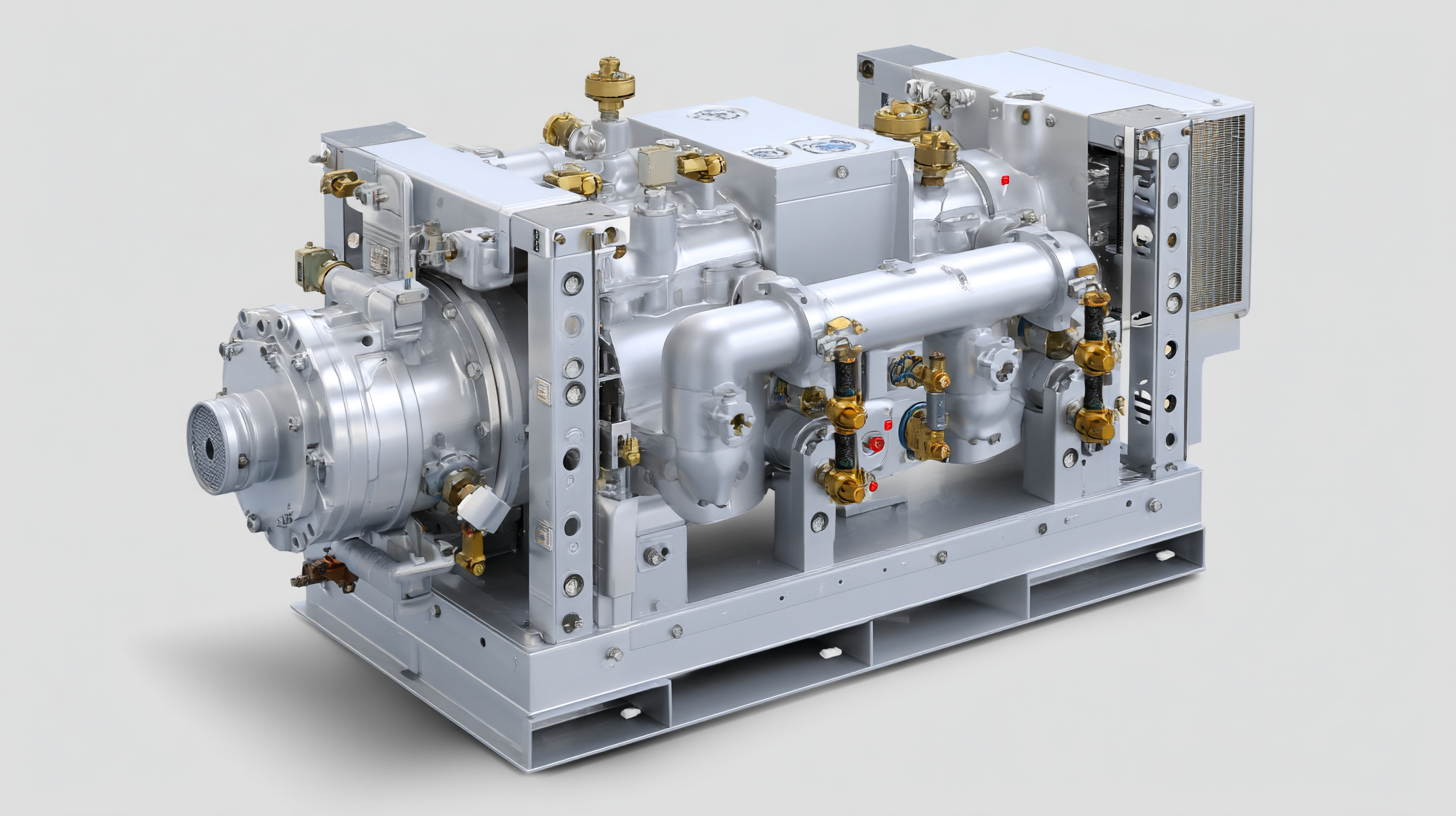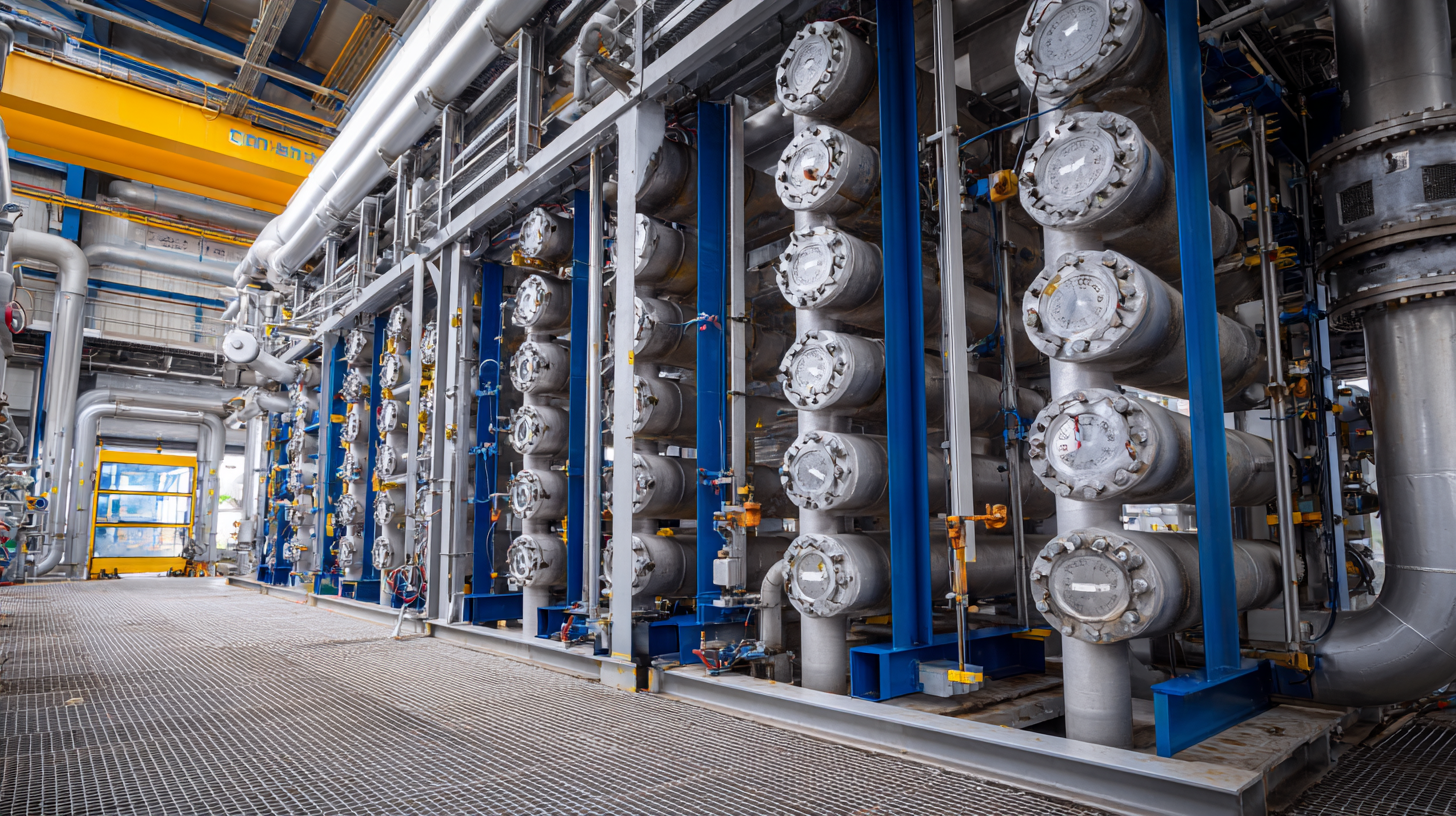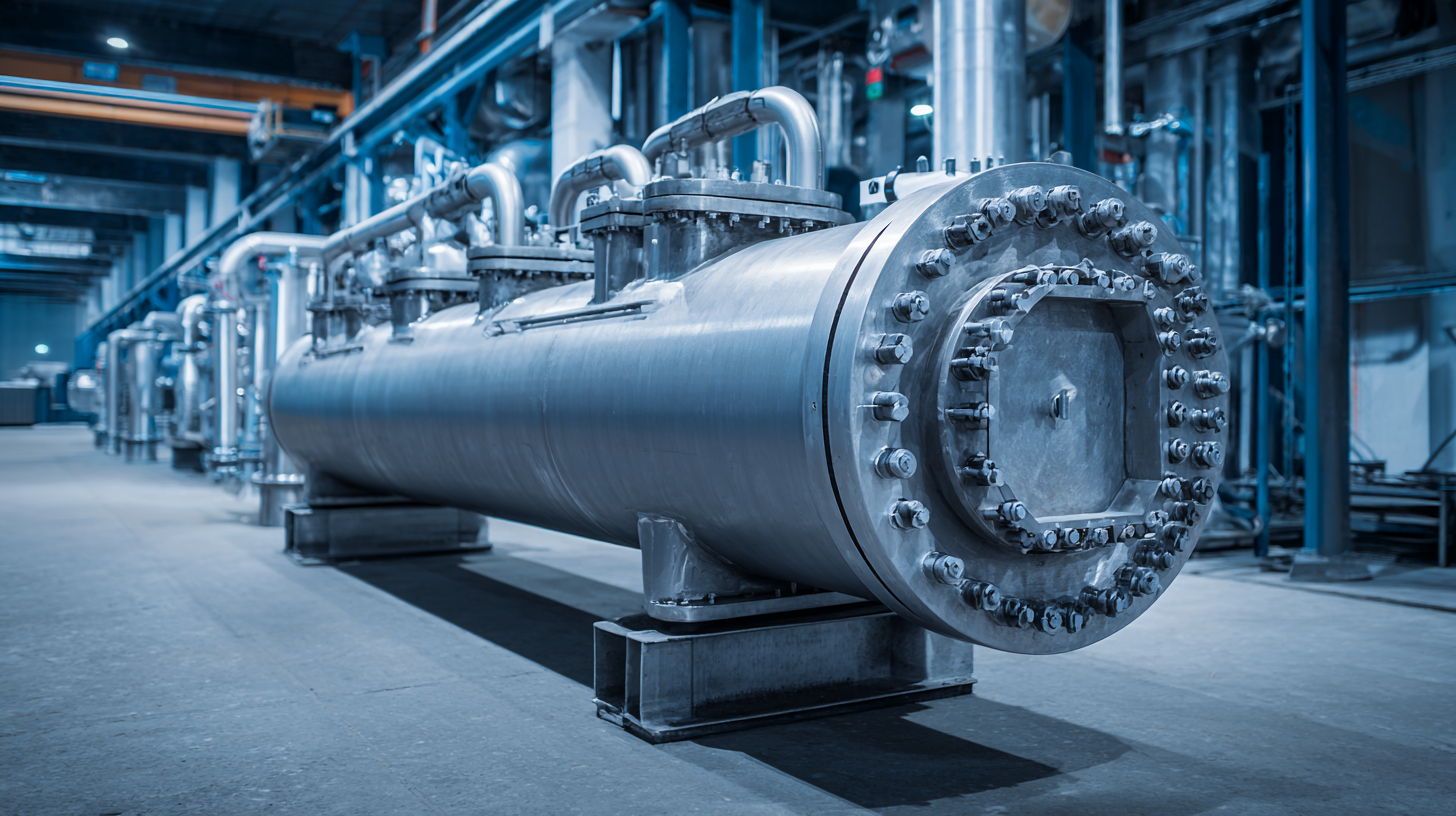Leave Your Message
In today's fast-paced industrial landscape, optimizing efficiency is paramount, and one of the key components that can significantly enhance operational performance is the Gasketed Plate Heat Exchanger. As industries strive to reduce energy consumption and improve heat transfer processes, this innovative technology emerges as a game-changer. Manufactured with precision in robust factories across China, Gasketed Plate Heat Exchangers are not only designed to meet the rigorous demands of various applications but are also exported globally, catering to a diverse range of sectors. Their unique design offers advantages such as enhanced thermal efficiency, ease of maintenance, and adaptability to varying operational conditions. In this blog, we will explore the exceptional benefits of Gasketed Plate Heat Exchangers, showcasing how they can unlock efficiency and drive sustainable practices in industries worldwide.

 Gasketed plate heat exchangers (GPHEs) are increasingly recognized for their pivotal role in enhancing efficiency within process industries. One of the primary benefits of GPHEs is their compact design, which allows for high heat transfer capabilities in a smaller footprint compared to traditional shell-and-tube exchangers. This space-saving advantage is particularly vital in industries where maximizing plant layout can lead to significant operational savings and increased productivity.
Gasketed plate heat exchangers (GPHEs) are increasingly recognized for their pivotal role in enhancing efficiency within process industries. One of the primary benefits of GPHEs is their compact design, which allows for high heat transfer capabilities in a smaller footprint compared to traditional shell-and-tube exchangers. This space-saving advantage is particularly vital in industries where maximizing plant layout can lead to significant operational savings and increased productivity.
In addition to their space efficiency, gasketed plate heat exchangers offer remarkable flexibility in design and maintenance. The modular structure of GPHEs enables easy configuration for various applications, accommodating changes in process requirements without the need for extensive modifications. Moreover, their gaskets facilitate straightforward disassembly for cleaning and maintenance, helping to reduce downtime and enhance overall operational reliability. These features not only streamline day-to-day operations but also contribute to long-term sustainability by promoting efficient heat recovery processes, further cementing their status as a preferred solution in the process industries.
Gasketed plate heat exchangers (GPHEs) have gained significant attention in various industries due to their superior efficiency compared to traditional heat exchangers. According to a recent report by the European Institute of Innovation and Technology, GPHEs can achieve thermal efficiencies of up to 90% under optimal conditions. This standout performance is attributed to their larger surface area and enhanced fluid dynamics, which allow for greater heat transfer in a compact design. Traditional shell-and-tube heat exchangers, by contrast, typically hover around 70%-80% efficiency, highlighting the clear operational advantage of GPHEs in many applications.
Moreover, GPHEs are not only more efficient but also versatile and easier to maintain. The design allows for simple disassembly, providing faster access for cleaning and inspection which can further enhance operational efficiency. Industry studies, including those published in the International Journal of Refrigeration, suggest that regular maintenance can lead to a 10-15% increase in efficiency over time, emphasizing the advantages of GPHEs in maintaining optimal performance levels versus traditional systems that may require more extensive overhauls. This reliability, combined with their thermal performance, makes gasketed plate heat exchangers an increasingly popular choice in sectors ranging from HVAC to food processing.

When evaluating heat exchanger options, cost-effectiveness remains a primary concern for many industries.
Gasketed plate heat exchangers often emerge as a more economical choice when compared to traditional shell-and-tube designs.
One of the significant advantages lies in their compact size and lightweight nature, allowing for smaller installations that can save on both material costs and real estate usage.
Additionally, the efficiency of these systems, owing to their larger surface areas, enables better heat transfer capabilities, ultimately reducing energy consumption and operational expenses.
Moreover, maintenance and operational flexibility play a crucial role in the cost-effectiveness of gasketed plate heat exchangers.
The ability to easily disassemble and clean the plates results in less downtime and lower repair costs compared to shell-and-tube designs, which can be cumbersome to service.
Furthermore, when scalability is necessary, gasketed plate heat exchangers can be expanded with minimal investment by adding more plates rather than replacing entire units.
This adaptability not only maximizes initial investments but also ensures long-term savings, bolstering their status as a savvy choice for businesses aiming to enhance efficiency without overspending.
When it comes to optimizing industrial processes, heat transfer efficiency is paramount. Gasketed plate heat exchangers stand out as a superior choice, offering notable advantages in performance compared to traditional heat exchangers. These systems are designed with closely spaced plates that maximize surface area, enhancing heat transfer while minimizing energy costs. The unique gasket design also allows for easy maintenance and cleaning, ensuring that performance remains high over time.
Quantifying performance differences between heat exchangers can reveal significant benefits. For instance, gasketed plate models can achieve higher thermal efficiency, often showing up to 30% better performance compared to shell-and-tube configurations. This increased efficiency is due to the turbulent flow created by the plates, which enhances heat exchange rates. Additionally, their compact design allows for a smaller footprint, making them ideal for facilities looking to save space while improving energy usage. By focusing on these metrics, industries can make informed decisions that lead to more sustainable and cost-effective operations.
Gasketed plate heat exchangers are making significant strides in the operational efficiency landscape, especially when it comes to maintenance advantages. Unlike their alternatives, gasketed plate units offer distinct benefits that minimize operational downtime. With their modular design, these heat exchangers can be easily disassembled for cleaning or servicing without the need for extensive downtime. This convenience allows facilities to maintain continuous output while quickly addressing any potential performance issues.
Recent advancements in technology, particularly the integration of artificial intelligence, are further enhancing the maintenance capabilities of gasketed plate heat exchangers. Predictive maintenance regimens powered by AI can monitor equipment performance in real-time, providing operators with actionable insights into when servicing is needed. This proactive approach not only reduces unexpected failures but also extends the lifespan of the equipment. By identifying issues before they become critical, operators can plan maintenance activities during scheduled downtime, optimizing both efficiency and productivity in various industrial sectors.
